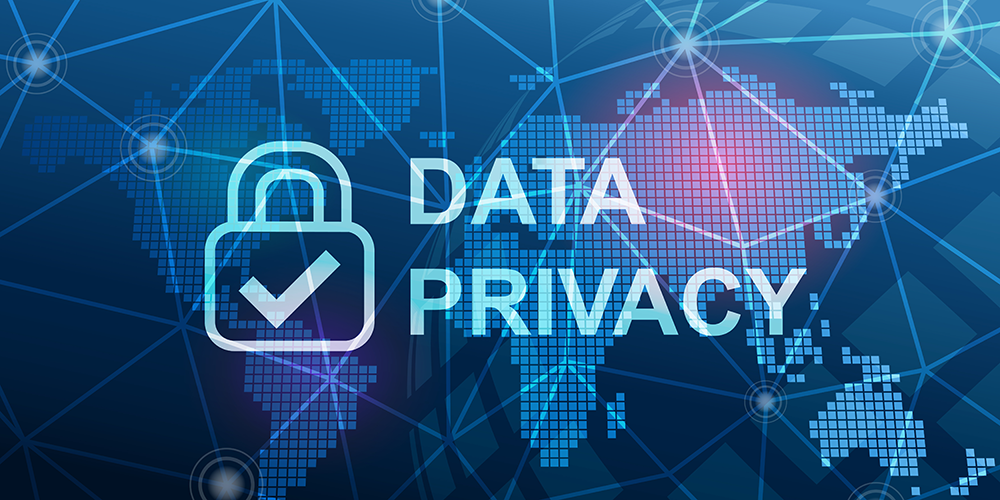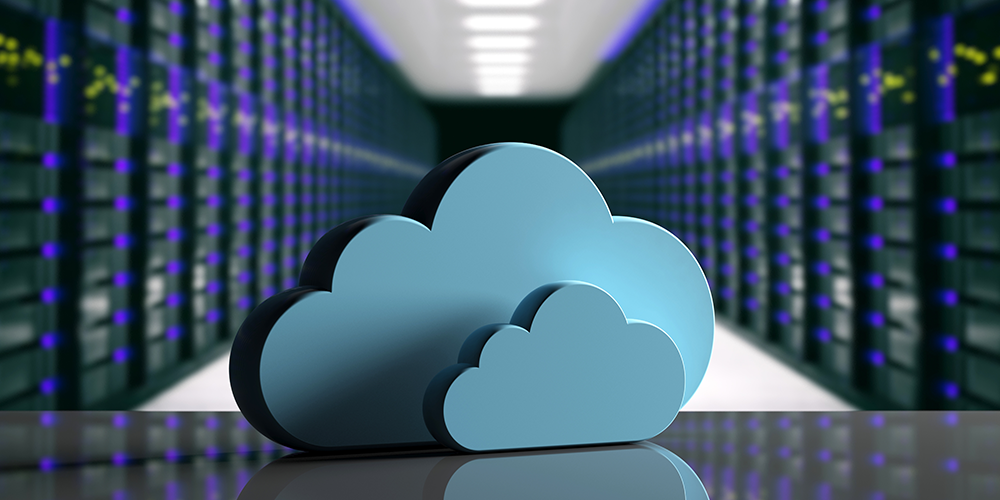
Jul 19, 2021 | SMB Technology, SMB Technology, SMB Technology, SMB Technology, Technology News
In our digital age, gathering information online is anything but difficult. It is imperative for both to keep information from landing in the wrong hands. Read on to learn about the crucial need to keep data safe, the threats to data privacy, and what to do about it. The Importance of Data Privacy A basic definition of data privacy is keeping confidential data confidential online and on computer systems. Privacy of information applies to collected personal information including medical and financial records, customer payment data, and customer data obtained from websites. Medical and financial data especially are subject to stringent regulations on access and security, and many companies indicate on their website how they use customers’ data in the course of business (if they don’t, they should). Personally identifiable data can be kept safe through encryption, and multi-factor authentication–for example, a password and at least one security question. Awareness of Threats to Your Data Ideally, basic measures to keep data private would be enough. But both existing and new threats continue to increase. For example, in recent years automated calls (“robocalls”) have proliferated, increasing more than tenfold in the last few years. Of the three to five billion robocalls each month, at least 40% are thought to be fraudulent. And phone calls are just one way bad actors attempt to steal your data. Phishing schemes via text or email can also be a way to get unsuspecting recipients to give up personal data that can be used for fraud or even penetrating company computer systems with malware. According to CompTIA, phishing scams account for more...

Jul 12, 2021 | SMB Technology, SMB Technology, SMB Technology, SMB Technology, Technology News
While moving to the cloud can be a cash-saving step–in the sense of shifting capital expense for infrastructure to an operational expense–the issue of managing cloud spending remains. Read on to learn more about aligning your company’s cloud spending to overall business goals. Align Cloud Spending to Business Goals According to a CompTIA whitepaper, companies often first migrate an existing system to the cloud, and then learn about things like integration and data security in the process. But what if your business is considering or reconsidering how to better plan its technology spend, with the use of cloud taking center stage? Cloud computing, with its benefits, can introduce complexity into management of Cloud use and resource consumption. Your organization might want to re-evaluate its strategy with cloud, looking at the bigger picture of your goals and strategies and how your cloud consumption fits within them. For example, an organization might not need to keep cloud workspace running around the clock when employees only work eight hour shifts. And what if your company is considering new technology initiatives, extra cloud spending might be necessary to support digital transformation. There are ways to monitor and manage your cloud consumption, so that you know you’re spending where it will do the most good. Monitor Your Cloud Consumption to Spend Effectively In other words, the issue may not be spending more for the cloud, but spending more effectively. One way to do this is monitor how much cloud resources your company is using–overall and for specific applications. According to Gartner, “cost in the cloud is tied directly...




